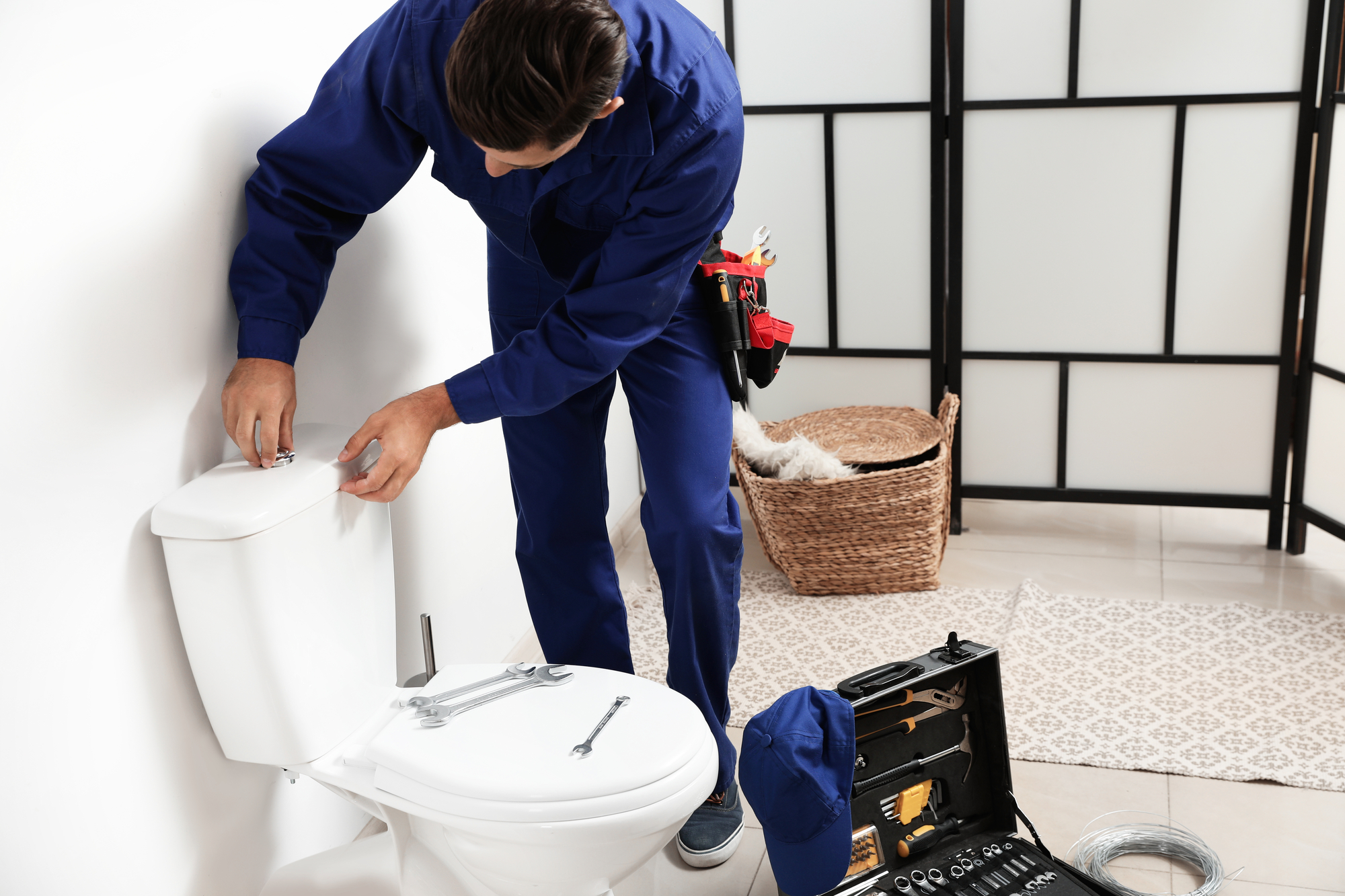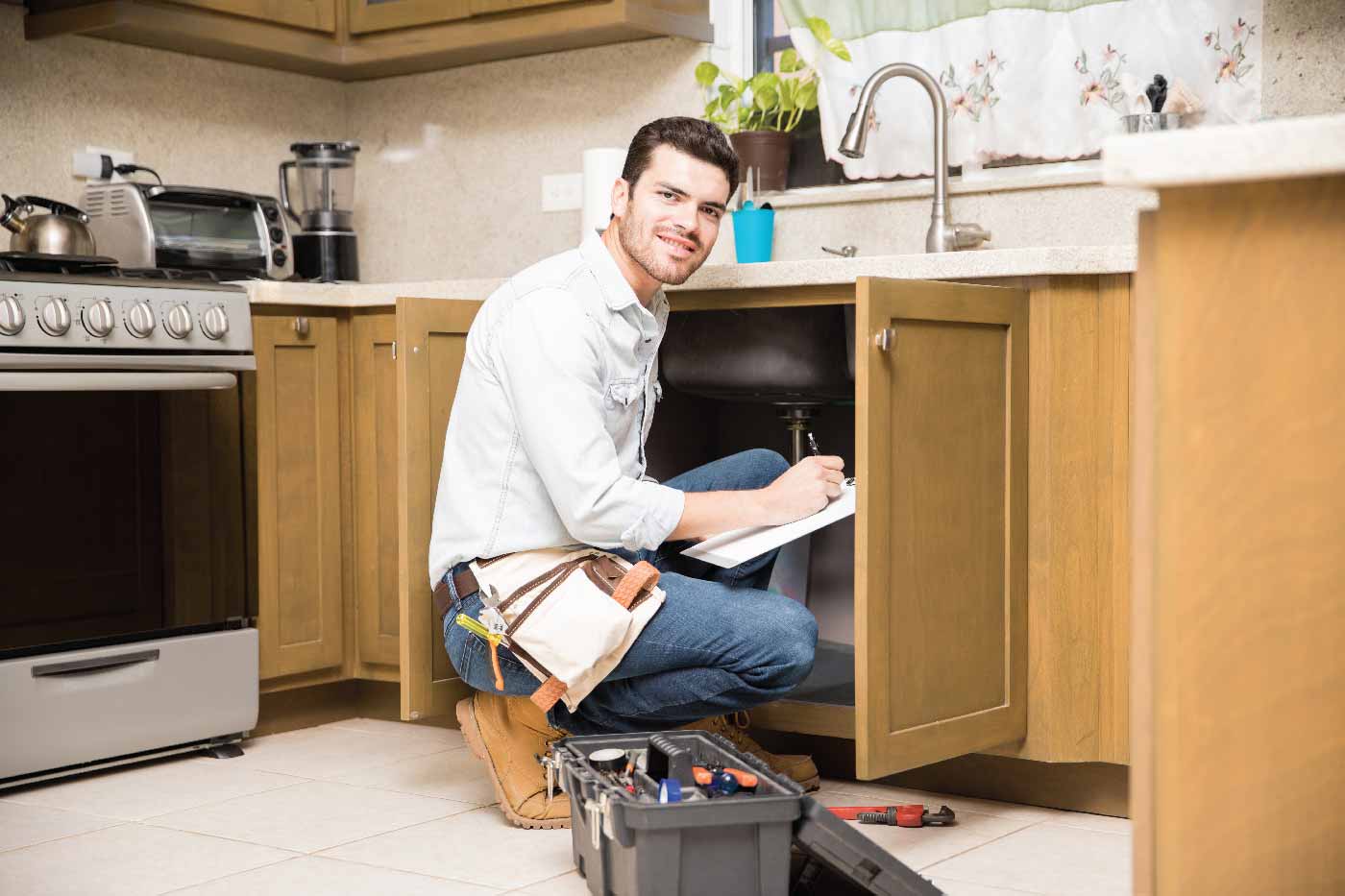Do you have thoughts on how vacuum breakers work? Well to figure that out first it’s important to have knowledge about what Vacuum breakers is. Vacuum breakers work by preventing backflow in plumbing systems. Allowing air to enter the pipes to equalize pressure and prevent siphoning. Now, let’s delve into the intriguing mechanics behind these devices.
Plumbing systems often face the risk of backflow, where water or other fluids flow in the opposite direction due to negative pressure or sudden drops. This can contaminate the potable water supply. Vacuum breakers, also known as backflow preventers, serve as safety valves to mitigate this risk.
What Is A Vacuum Breaker?
A vacuum breaker is a device that prevents backflow in plumbing systems. By creating a barrier to prevent siphoning. Vacuum breakers maintain water supply purity and protect against contamination. This is achieved through the creation of an air gap to interrupt the flow, safeguarding against potential hazards and ensuring the integrity of the water supply.

Understanding Vacuum Breakers
To understand how vacuum breakers work, it’s important to first understand what exactly a vacuum breaker is. A vacuum breaker is a device that plumbing systems use to prevent the backflow of water into the potable water supply. It’s essentially a valve that allows air to enter when there is a negative pressure or vacuum present.
When it comes to protecting our drinking water from contamination, vacuum breakers play a crucial role. Without a vacuum breaker, water can potentially flow back into the drinking water supply. If there is a pressure drop. This backflow can introduce harmful substances, bacteria, or even chemicals. Which can flow into the water supply, posing serious health risks and major water contamination.
Types Of Vacuum Breakers
Several types of vacuum breakers are commonly used in different plumbing systems. These include:

Pressure Vacuum Breaker (PVB)
You can typically find this on outdoor irrigation systems to prevent backflow. Places like garden hoses, sprinkler systems, or other non-potable water sources. It utilizes a spring check valve and an air inlet valve. Which helps to maintain the integrity of the potable water supply.
Atmospheric Vacuum Breaker (AVB)
An atmospheric vacuum breaker is common for indoor plumbing systems. Such as faucets, bathtubs, or toilets. It works by allowing air to enter the plumbing system whenever there is a negative pressure. Ultimately preventing any backflow.
Double Check Valve (DC)
This type of vacuum breaker consists of two spring-loaded check valves that lie in one line. Ensuring that water can only flow in one direction. It is common for high-risk applications. Such as industrial processes, where an additional level of protection is necessary.
By understanding the different types of vacuum breakers, you can choose the appropriate one for your specific plumbing system to ensure the safety and integrity of your drinking water supply.
How Vacuum Breakers Work
Understanding how vacuum breakers work is crucial. To prevent contamination or damage to plumbing systems. In this article, we will delve into the components of vacuum breakers, as well as the process through which they operate.
Vacuum Breaker Components
Vacuum breakers consist of several essential components. They tend to work together to protect plumbing systems from potential hazards. These components include:
| Component | Description |
| Vacuum Chamber | A sealed container is responsible for maintaining the necessary pressure within the plumbing system. |
| Check Valve | A valve that allows the flow of fluid in one direction and prevents backward flow to avoid contamination. |
| Air Inlet | An opening that allows air to enter the vacuum chamber and break the vacuum when necessary. |
| Float Assembly | A mechanism that adjusts the position of the air inlet in response to changes in pressure within the plumbing system. |
The Vacuum Breaker Process
The vacuum breaker process involves a series of actions that allow air to enter the plumbing system, preventing the formation of a vacuum. This process can be summarized in the following steps:
Normal Operation
During normal operation, water flows through the plumbing system. While the check valve remains off to prevent any backflow.
Increase in Pressure
If there is an increase in pressure in the plumbing system. It causes factors such as thermal expansion or sudden water flow stoppage. The check valve remains off while the vacuum chamber fills with water.
Air Inlet Activation
As the water level rises within the vacuum chamber, it eventually reaches the float assembly. This triggers the float assembly to adjust the position of the air inlet. Allowing air to enter the chamber.
Air Relief
With the air inlet open, air enters the chamber and breaks the vacuum. Relieving the excess pressure within the plumbing system. This prevents damage or contamination.
Check Valve Closure
Once the excess pressure is out, the water level in the chamber decreases. Causing the float assembly to return the air inlet to its original position. The check valve can now close, ensuring the prevention of backflow.
Benefits Of Vacuum Breakers
Understanding the benefits of vacuum breakers is essential to maintain a safe and efficient plumbing system. These devices play a crucial role in preventing contamination and protecting equipment. By comprehending the advantages they offer, it becomes evident why vacuum breakers are necessary.
Preventing Contamination
Vacuum breakers are crucial in maintaining a hygienic and safe water supply system. They prevent contamination by ensuring that water flows in only one direction. Backflow, if left undone, can allow contaminants to enter the water supply. Posing serious health risks. Vacuum breakers act as the first line of defense, safeguarding the purity of potable water.
Protecting Equipment
One of the primary benefits of vacuum breakers is their ability to protect equipment from damage. By preventing backflow, these devices safeguard the integrity of plumbing systems. Such as irrigation lines and chemical dispensers. This means that valuable equipment is safe from potential contamination and damage. Thus ensures long-term operational efficiency.
Applications Of Vacuum Breakers
Plumbing System
Usually helps to prevent backflow and safeguard public health. Typically found on fixtures where water supply lines submerged. Such as faucets, toilets, and sprinkler systems.
By incorporating a check valve and an air inlet valve. Vacuum breakers create a barrier that prevents the reverse flow of water. When it comes to plumbing systems, vacuum breakers are integral components for various reasons. Such as protecting against chemical contamination, and maintaining water quality. Also complying with building codes and regulations.
They help prevent the waste of potable water by ensuring it remains separate from non-potable sources. Following plumbing regulations, it is important to install vacuum breakers at appropriate locations. Failure to do so may compromise the integrity of the plumbing system and pose health risks.
Industrial purposes
Vacuum breakers serve as a vital safety measure in many industrial applications. Especially where the risk of contamination or damage exists. Industries such as chemical production, food processing, and pharmaceutical manufacturing heavily rely on vacuum breakers. To protect their processes and products.
In industrial settings, vacuum breakers often combine with piping systems to prevent backflow during operation. This helps maintain the purity of substances when transferring. While also safeguarding equipment from damage by backpressure.
Furthermore, vacuum breakers ensure safer and more efficient operation of steam systems. They prevent the formation of vacuum conditions that can potentially lead to implosion. As well as the backflow of air or contaminants that can compromise the quality of the steam. By installing vacuum breakers in key areas of industrial processes. Businesses can minimize the risk of product contamination, and productivity with industry regulations.
Choosing The Right Vacuum Breaker
To ensure the proper functioning of your plumbing system and prevent the backflow. It is crucial to choose the right vacuum breaker. There are several factors to consider when selecting a vacuum breaker. Let’s explore those considerations in detail.
Considerations For Selection
When selecting a vacuum breaker, it is essential to keep in mind the following considerations:
- Application: Identify the specific application for which you require a vacuum breaker. This could be for a residential, commercial, or industrial plumbing system. The type of application will dictate the specific requirements your vacuum breaker needs to fulfill.
- Pressure Rating: Determine the maximum pressure that your plumbing system will experience. It is crucial to select a vacuum breaker that can handle the pressure without compromising its performance.
- Size: Consider the size of the vacuum breaker in light of the line or valve it will be introduced on. Guarantee that the components of the vacuum breaker match the prerequisites of your pipes framework.
- Compliance: Check if the vacuum breaker meets the necessary compliance standards and codes. This ensures that your plumbing system remains safe and up to code.
- Quality: Look for vacuum breakers from reputable brands known for their quality and reliability. Investing in a high-quality vacuum breaker will provide long-term effectiveness. As well as minimize the risk of potential issues.
Popular Vacuum Breaker Brands
When it comes to choosing a vacuum breaker, several brands have gained popularity due to their reliable performance and durability. Consider these reputable brands:
| Brand | Description |
| Watts | Watts vacuum breakers are known for their excellent craftsmanship and performance. They offer a wide range of vacuum breakers suitable for various applications and pressure requirements. |
| Woodford | Woodford vacuum breakers are recommended for their quality and reliability. They offer vacuum breakers with different pressure ratings, ensuring compatibility with different plumbing systems. |
| Zurn | Zurn vacuum breakers are famous among many professionals. Because of their superior performance and durability. Zurn offers vacuum breakers to meet the demands of modern plumbing systems. |
By considering these factors and exploring reputable brands. You can choose the right vacuum breaker that will effectively protect your plumbing system against backflow. Ensure your water system integrity is in its optimal performance. Selecting a vacuum breaker that meets your specific requirements will provide peace of mind. So that you can relax knowing that your plumbing system is in good hands.
Conclusion
Understanding how vacuum breakers work is pretty important. Vacuum breakers play a crucial role in preventing backflow and protecting the water supply. Understanding how they work is essential for maintaining safety and compliance in plumbing systems. By creating a barrier that stops contaminated water from flowing backward, vacuum breakers ensure the health and well-being of society.






